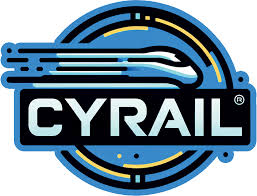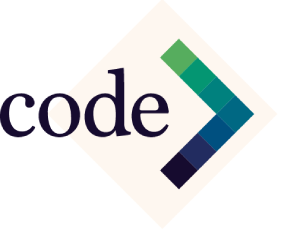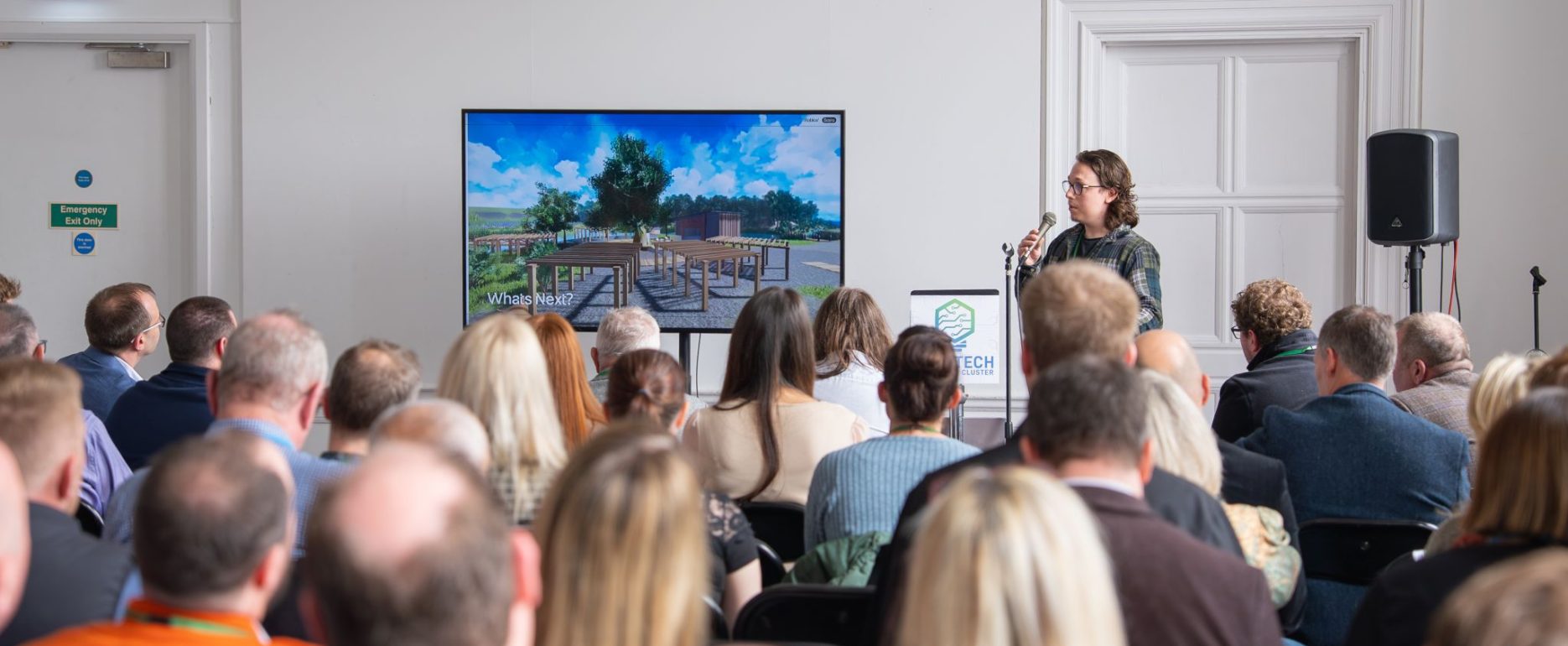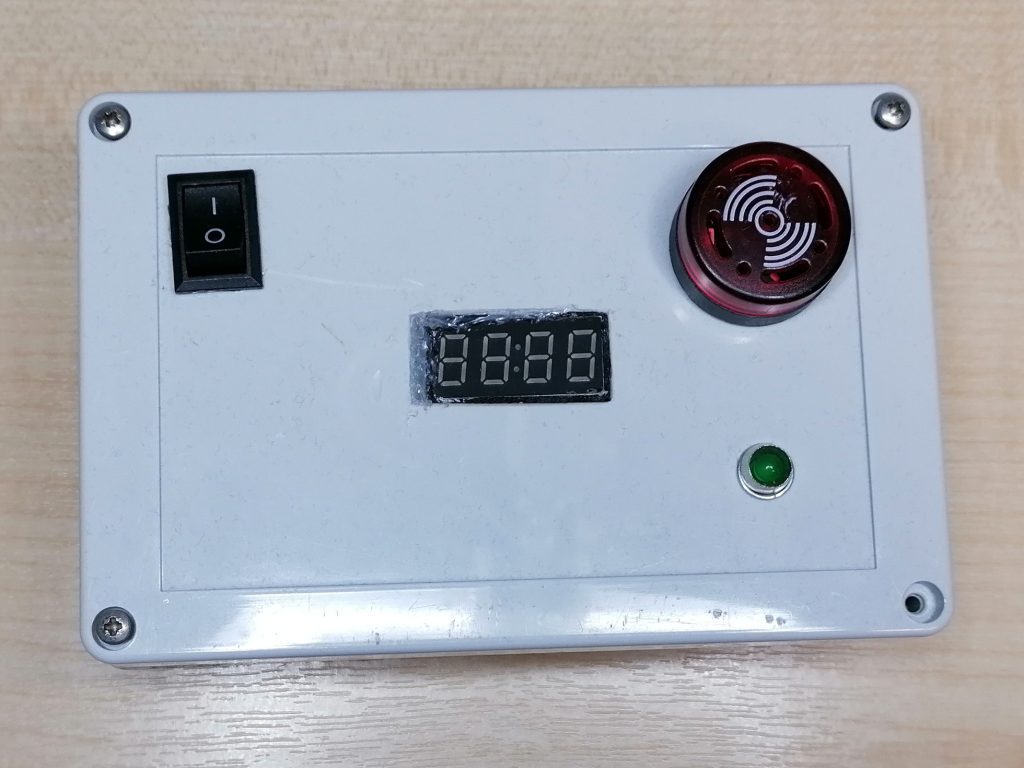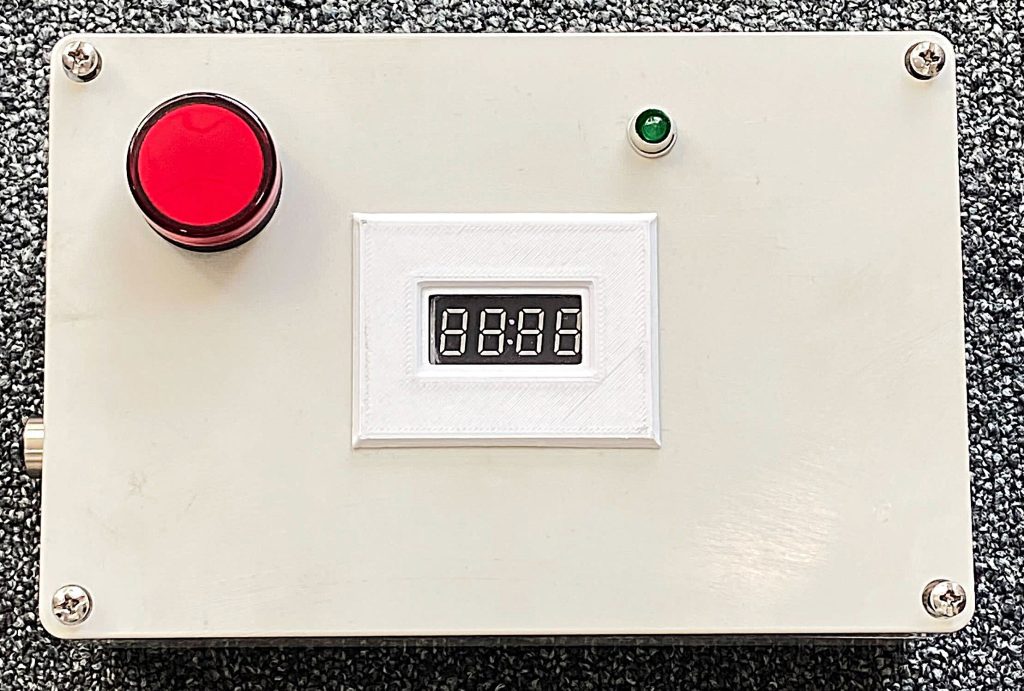🚆 The Urgent Need for Cybersecurity in the Railway Industry
The railway sector is undergoing a significant digital transformation, integrating advanced technologies to enhance efficiency and passenger experience. However, this increased connectivity has also expanded the attack surface, making rail systems more susceptible to cyber threats.
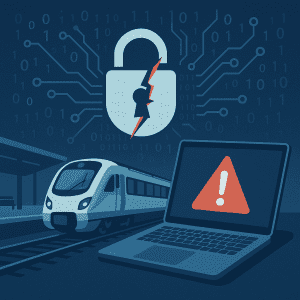
Share:
Recent Cybersecurity Incidents
In March 2025, Ukraine’s state-owned railway company, Ukrzaliznytsia, experienced a major cyberattack that disrupted both passenger and freight transport systems. The attack compromised their IT infrastructure, forcing passengers to revert to manual ticketing methods.
Experts have warned that Scotland’s railway network is ill-prepared for sophisticated cyberattacks. The transition from mechanical to digitally-controlled signaling systems has introduced vulnerabilities, as highlighted by recent incidents affecting Transport for London and major stations like Glasgow Central and Edinburgh Waverley.
- In October 2022, Danish train operator DSB experienced widespread cancellations after a critical test environment managed by Supeo disrupted essential system interfaces. The investigation revealed that a single point of failure triggered a cascade across multiple systems. The root cause was traced to a third-party supplier, whose associated risks had not been adequately evaluated.
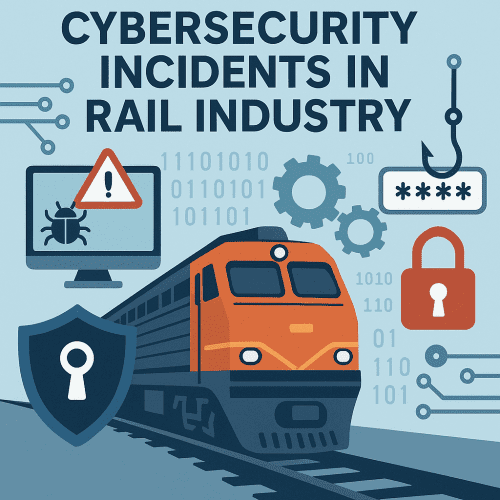
- In August 2023, a cyber incident in Poland resulted in the transmission of emergency stop messages that halted 20 trains. The disruption had a ripple effect on surrounding services and took six hours to resolve. The attack exploited the VHF train radio system—an unencrypted, open channel that was easily accessible. Poor assumptions were made about its vulnerability, and documentation was readily available to potential attackers.
- Then in December 2023, another incident in Poland saw a denial-of-service issue caused by a malfunction in supply chain software. Although the train manufacturer recognized cyber threats, the software underperformed and lacked sufficient monitoring. The problem was worsened by multiple system interfaces that increased exposure to potential attacks.
Industry Challenges
1. Expanding Threat Surface and System Complexity
Rail systems are becoming highly interconnected, with digital signaling, communications, and control systems all relying on shared infrastructure. This connectivity increases exposure to cyber threats, where a single compromised system can cascade across operations. Yet, many existing systems were never designed with cybersecurity in mind.
2. Fragmented Standards and Regulatory Overload
Despite the presence of standards like IEC 62443 and TS 50701, rail operators face challenges in applying them consistently. The abundance of overlapping international, national, and industry-specific guidance can be difficult to interpret, leading to inconsistent implementation and regulatory fatigue.
3. Skill Gaps and Lack of Cross-Disciplinary Awareness
Cybersecurity expertise in the rail sector remains limited. Many organizations lack both the resources and the specialized knowledge to assess and secure complex OT environments. Engineers often don’t see cybersecurity as part of their role, and security teams may not fully understand rail-specific systems.
4. Interface and Integration Risks
Modern rail applications like Traffic Management Systems and Driver Advisory Systems depend on multiple data sources—many of which are unsecured or poorly understood. Ensuring cyber assurance across these interfaces requires better coordination, monitoring, and threat modeling.
5. Cultural and Operational Resistance to Change
Cybersecurity is still not fully integrated into rail engineering practices. Legacy mindsets, siloed departments, and a focus on safety over security often delay the adoption of secure-by-design principles across the system lifecycle.
🛡️ CyRail AI: The Future of OT Cybersecurity in Rail
At CyRail, we are leading the charge in transforming how rail operators approach cybersecurity with our AI-powered platform. CyRail is more than just a tool — it’s an intelligent co-pilot designed to safeguard rail operations and infrastructure against the growing cyber threats that are plaguing the industry.
What CyRail AI Does
🚀 Harnesses the Power of AI for Real-Time Protection
CyRail leverages advanced AI to not just analyze data, but to actively safeguard critical systems. As the railway sector embraces digital transformation, CyRail offers a proactive approach to cybersecurity, ensuring resilience and continuous operation.
🔒 Compliance-Driven Security
Our AI is trained on some of the most complex cybersecurity frameworks, including:
IEC 62443
TS 50701
NIS2
Upcoming IEC 63452 (2025)
This ensures every recommendation and action is compliant with rail-specific standards, keeping your systems secure and aligned with evolving regulations.
📄 Automates Documentation
CyRail goes beyond just monitoring for threats; it creates and evaluates your cybersecurity documentation:
Auto-generate tailored documentation for your rail projects
Evaluate existing documents against compliance standards
Suggest improvements in plain language, making it easy for non-experts to understand
🛡️ Real-Time Threat Monitoring
CyRail’s live threat database keeps you informed of:
Emerging vulnerabilities in the rail sector
Sector-specific risks
Actionable responses linked directly to your system documentation
🤖 Acts as Your Cybersecurity Assistant
CyRail AI acts as an intelligent assistant, helping your team navigate complex cybersecurity challenges with ease. Whether you’re asking about best practices for OT and IT segregation or applying cybersecurity frameworks, CyRail provides context-specific responses and uses retrieval-augmented generation (RAG) to ensure accuracy.
🔗 Seamless Integration
CyRail integrates effortlessly into your existing workflow:
Works with Enterprise Architect
Syncs with internal repositories
Uses your documentation templates
This allows you to implement cybersecurity measures without disruption.
🎓 Empowering the Workforce with Training
Understanding that human errors are a significant risk factor in cybersecurity breaches, CyRail also offers built-in training programs. These resources help rail professionals understand best practices, compliance requirements, and how to handle emerging threats, all of which strengthen the organization’s cybersecurity posture.
🚄 Why Choose CyRail?
- Speed: Reduce compliance work from weeks to hours, enabling faster decision-making.
Accuracy: Ensure your systems are aligned with the latest cybersecurity standards, even in the most complex environments.
Scalability: Whether you’re handling a single project or multiple systems, CyRail scales with you.
Education: Built-in training and workshops help staff stay ahead of the curve and integrate cybersecurity best practices into their daily operations.
🌐 The Bigger Picture
CyRail isn’t just a tool — it’s an intelligent, AI-driven co-pilot that helps navigate the increasingly complex world of rail operational technology. By integrating AI, cybersecurity, and industry-specific training, CyRail delivers a comprehensive solution that helps rail operators ensure safety, compliance, and operational continuity.
In a rapidly evolving digital landscape, CyRail empowers rail organizations to innovate with confidence, knowing that their critical infrastructure is protected.
🚀 Ready to Future-Proof Your Railway Cybersecurity?
CyRail is on the cutting edge of OT cybersecurity for the railway industry, and we’re getting ready to launch. If you’re looking for a smarter, AI-powered solution to safeguard your operations, stay ahead of the curve, and ensure compliance, CyRail is the answer.
👉 Sign up for our waiting list today and be the first to know when CyRail is released. Don’t miss out on the opportunity to revolutionize your cybersecurity strategy.
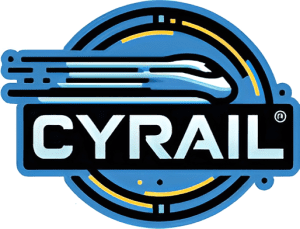
Contact
Digital Transit Limited
Website
www.digitaltransit.co.uk
Email
info@digitaltransit.co.uk


